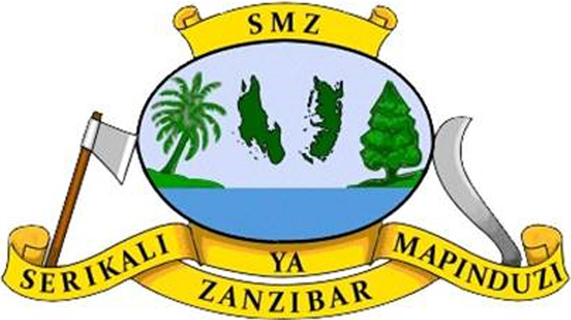Introduction to passive and active transport
Enzymes as catalysts for reactions in biological systems; discussion of substrates, active sites, induced fit, and activation energy.
Overview of animal and plant cells. Topics include cell walls, vacuoles, chloroplasts, peroxisomes, lysosomes, mitochondria, etc.
Introduction to the cell.
Introduction to cell theory--the idea that 1) all living things are made of one or more cells, 2) cells are the basic unit of life and 3) all cells come from other cells. Explore the roles that Hooke, Leeuwenhoek and others played in developing cell theory.
Hooke and Leeuwenhoek were two of the first scientists to use microscopes to study the microscopic world of cells. Hooke coined the term "cell" after observing the tiny compartments in cork, while Leeuwenhoek discovered a variety of living creatures in pond water, blood, and other samples. They contributed to the cell theory by suggesting that cells are the fundamental units of life and structure, and that all living things consist of one or more cells that originate from other cells by division.
Even though molecules, proteins, viruses, and cells are all tiny, there are significant size differences between them. The diameter of a water molecule is roughly 0.28 nanometers. The diameter of the protein hemoglobin is roughly 5 nanometers. The diameter of the HIV virus is roughly 120 nanometers. A red blood cell is 6-8 micrometers.
This YouTube video elaborates on what weather is and what causes changes in the weather.
This fascinating video details the journey that a group of friends made in Nevada. Their aim was to illustrate the solar system to scale.
This YouTube video explores both passive and active solar energy.
In the first URL, the YouTube video explains why earth has spring, summer, autumn and winter seasons. The second URL summarizes the key takeaway points.


